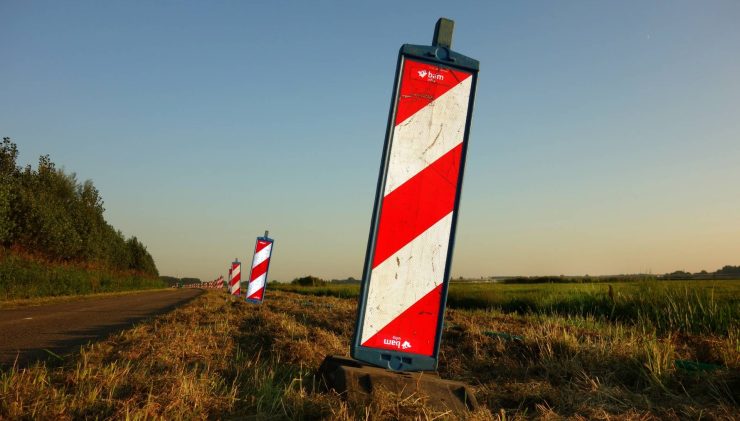 Auto Claims Trends: Frequency, Severity, Repair Costs, and Turnaround Times
Auto Claims Trends: Frequency, Severity, Repair Costs, and Turnaround TimesWorkplace safety isn’t something you achieve and then forget about. It’s a culture you create and then maintain every day. After all, having safety policies in place doesn’t mean much if workers don’t implement them daily. Reducing risk is all about having the right attitude.
Is your safety culture up to par? Start the new year right with a safety culture checkup.
1. Are workers trained properly?
New workers should be trained on safety procedures and the use of safety equipment. Just having them sign a written policy is not enough; management should ensure that workers understand the policies and are prepared to follow them. Additional training may be needed to address issues, when new equipment is purchased or simply as a refresher.
Importantly, daily operations must reinforce, not contradict, safety training. If a new worker sees that safety policies are not followed by senior workers, those policies will be quickly forgotten.
2. Do workers take the time to do their jobs correctly?
When it comes to safety, cutting corners can create risk.
For example, your company provides safety gear such as gloves and eye protection when needed, but do employees use it? If the prevailing attitude is that it’s better to save a few seconds by proceeding without protection, it’s only a matter of time until an injury occurs.
Similarly, if employees try to save time by lifting more than they should or by neglecting safety checks, they’re creating unnecessary risk. A good culture will emphasize the importance of doing things right.
3. Do workers care about details?
In a sloppy workplace, employees may be less likely to notice – or care about – hazards. Attention to detail isn’t just about esthetics. It’s about keeping a workplace free of danger. Workers should be encouraged to pay attention to things like frayed wires, wet floors and torn carpets.
4. Are workers professional?
Some behaviors do not belong in the workplace. Horseplay, for example, can lead to dangerous situations and should not be acceptable at work.
Aggressive behavior should not be tolerated, either. Workers should understand that there is no place for insults, fighting and other forms of open hostility at work. In 2014, the Bureau of Labor Statistics recorded 15,980 nonfatal incidents of private-industry workplace violence that resulted in missed work.
5. Does the company invest in safety?
Accidents can result in property damage, workers’ compensation and lawsuits, so pinching pennies by cutting back on safety is short-sighted at best. Companies must invest in safety programs and equipment. By doing so, the company is also showing workers that safety is valued.
6. Does management facilitate a culture of safety?
Managers should monitor the workplace for issues, and they must lead by example when it comes to safety culture. Workers should be encouraged to report incidents and concerns. They should know that dedication to safety will be rewarded, not punished.
According to the Bureau of Labor Statistics, approximately 2.9 million nonfatal workplace injuries and illnesses were reported by private industry employers in 2016. Many – if not all – of these could have been prevented. By nurturing the right culture and attitude, you can keep your workplace safe. We at Heffernan are here to help. Let us know if you need ideas or guidance.



